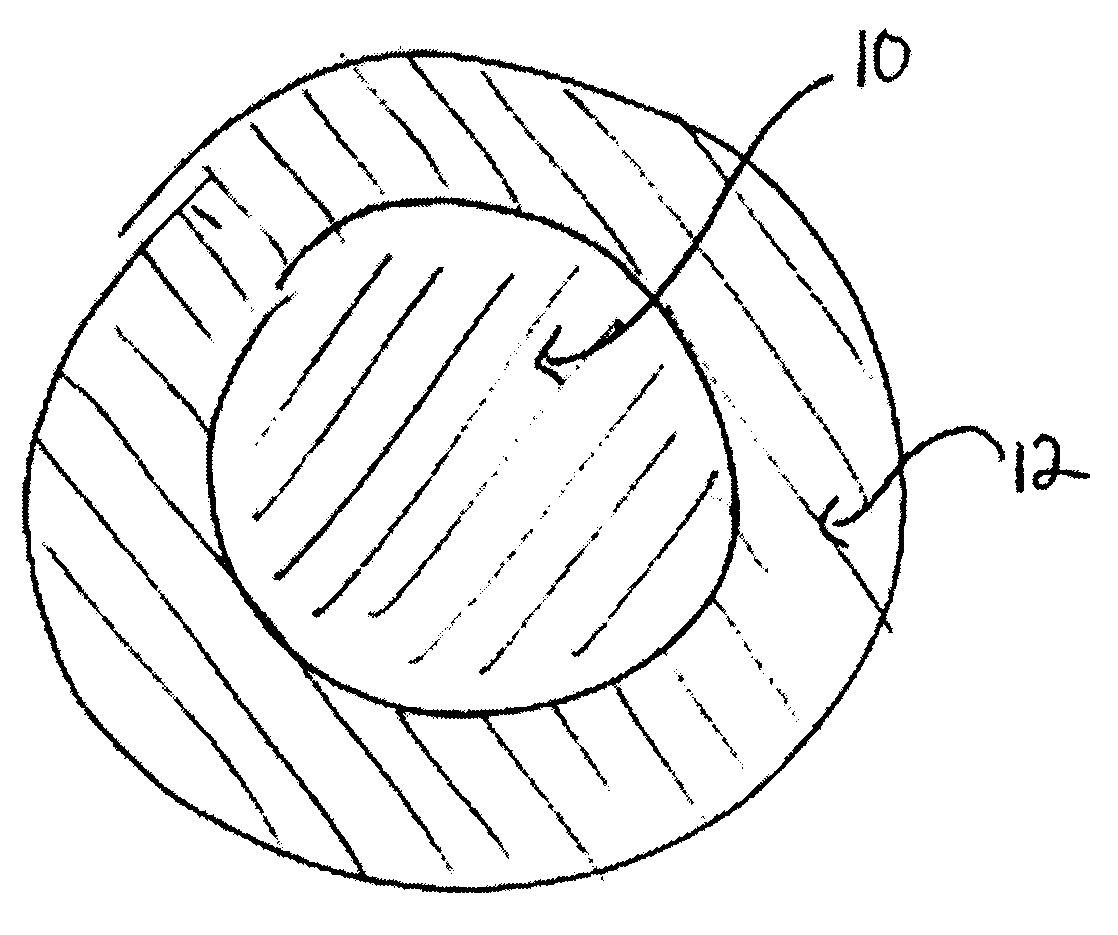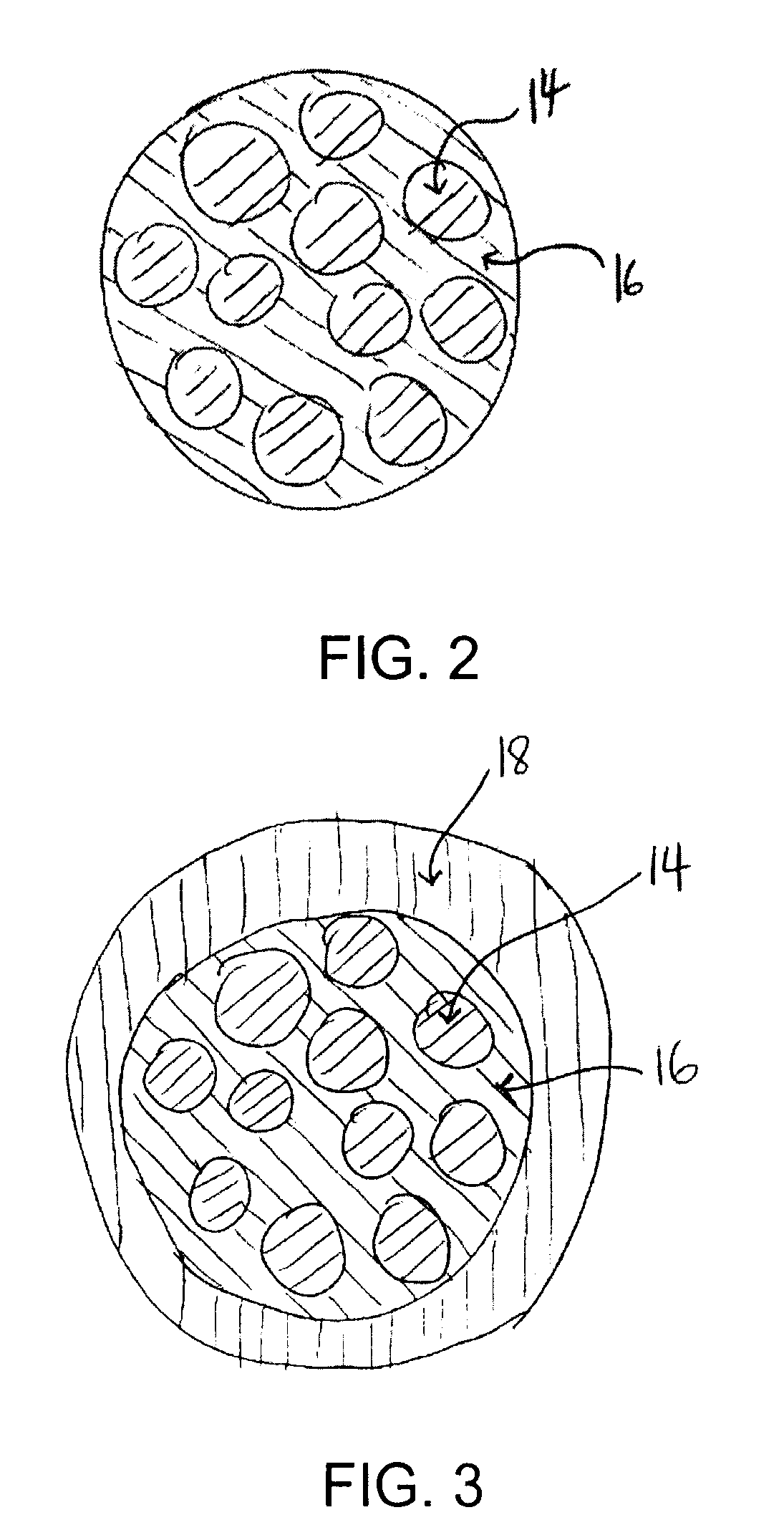Drilling Fluid Additive for Reducing Lost Circulation in a Drilling Operation
a technology of additives and drilling fluids, applied in the field of drilling operations, can solve the problems of not returning to the surface, affecting the performance of drilling operations, and affecting and achieve the effect of improving the performance of drilling operations
- Summary
- Abstract
- Description
- Claims
- Application Information
AI Technical Summary
Benefits of technology
Problems solved by technology
Method used
Image
Examples
example 1
Gilsonite Coated with Refined Paraffin Wax
[0140]Fine gilsonite particles (2-20 microns) were coated with refined paraffin wax. The fine solids responded well to the coating. The new coated particles blocked together under pressure and quickly sealed off a test 200 mesh test screen having 74-micron holes. It should be noted that the coated particles were smaller than the holes in the test screen
[0141]When attempts were made to remove the particles from the test screen in a standard manner using heated water, it became evident that the seal was surprisingly heat resistant with the coated particles compared to the uncoated particles and the heat actually seemed to reinforce the seal, possibly due to enhanced blocking properties of the wax. The test was a back flush test so the particles did not have to go through the screen and yet they still were resistant to removal, indicating the effective ability of the coated particles to seal off a loss zone and also to form a stable seal even w...
example 2
Permeability Plugging Tests Comparing Uncoated Solids and Wax-Coated Solids
[0143]Three different solid lost circulation materials (LCMs), intended for use to prevent or control drilling fluid losses to underground formations, were compared using a slotted disc in a permeability plugging apparatus in both their original form and with the LCMs coated in wax or waxes. The LCMs tested were sawdust, Celloflake™, and walnut shells. The selected LCM's were coated with IGI 1297 Paraffin Waxes then re-tested in order to assess the effects of association of the solids with wax to form wax-coated particles.
[0144]A slotted test disc was prepared for the PPT by cutting a 35 mm long by 2.5-3 mm wide slot into a porous ceramic disc to simulate a pore or fracture in a formation. The PPT disc was then made water tight by immersing in a high temperature molten wax, leaving only the slot available for the passage of fluid containing the LCM. Fluid samples were tested with addition of the LCMs in an at...
PUM
| Property | Measurement | Unit |
|---|---|---|
| size | aaaaa | aaaaa |
| particle size | aaaaa | aaaaa |
| particle size | aaaaa | aaaaa |
Abstract
Description
Claims
Application Information
 Login to View More
Login to View More - R&D
- Intellectual Property
- Life Sciences
- Materials
- Tech Scout
- Unparalleled Data Quality
- Higher Quality Content
- 60% Fewer Hallucinations
Browse by: Latest US Patents, China's latest patents, Technical Efficacy Thesaurus, Application Domain, Technology Topic, Popular Technical Reports.
© 2025 PatSnap. All rights reserved.Legal|Privacy policy|Modern Slavery Act Transparency Statement|Sitemap|About US| Contact US: help@patsnap.com



